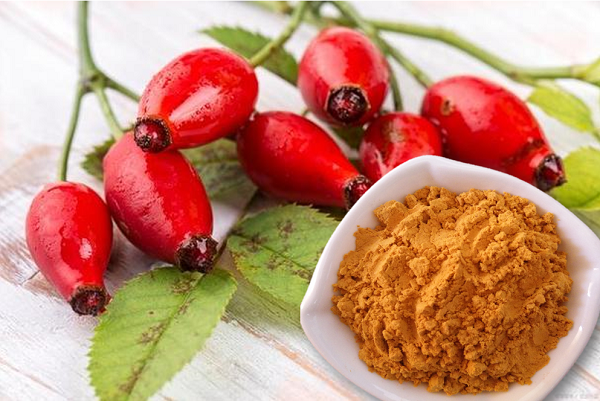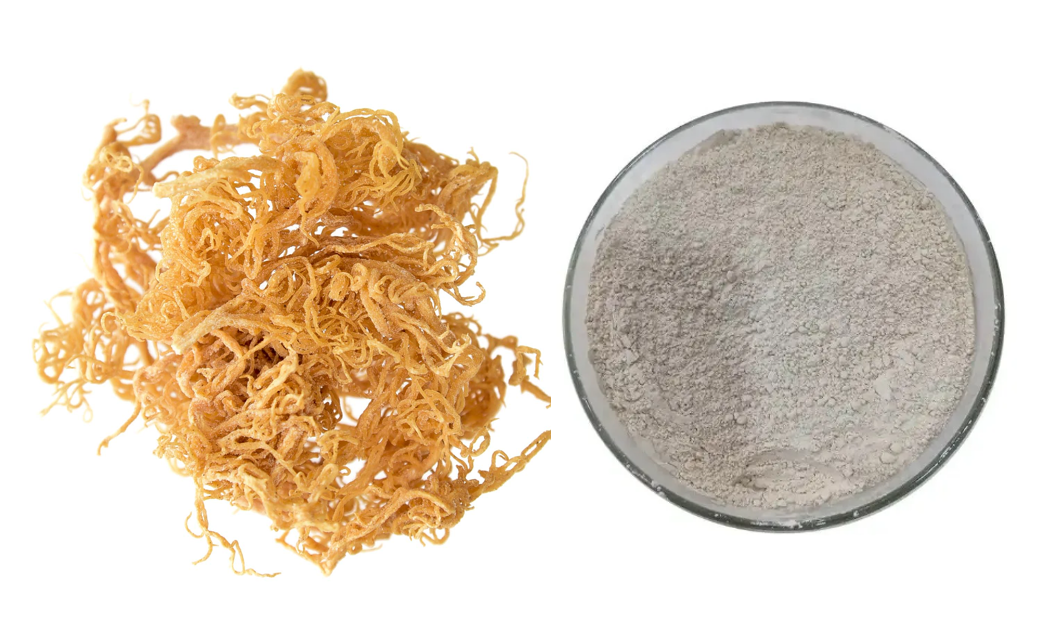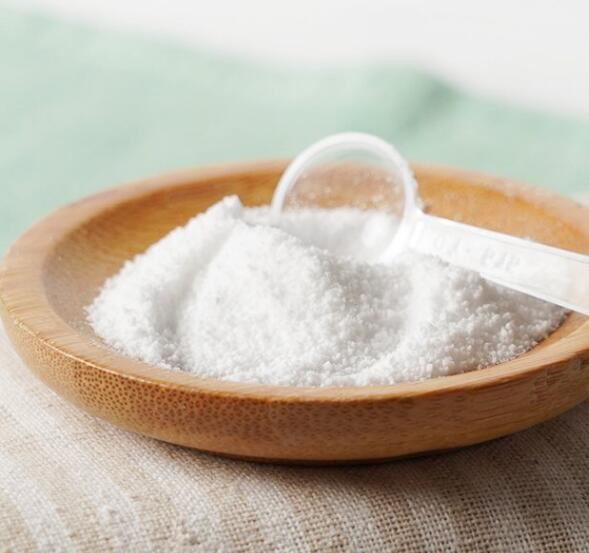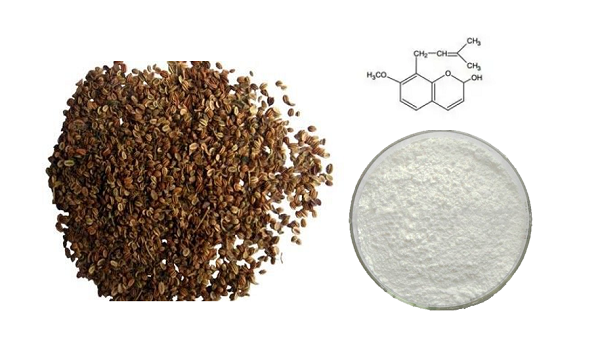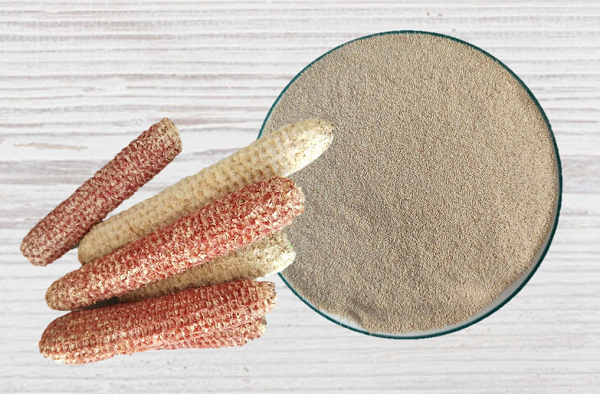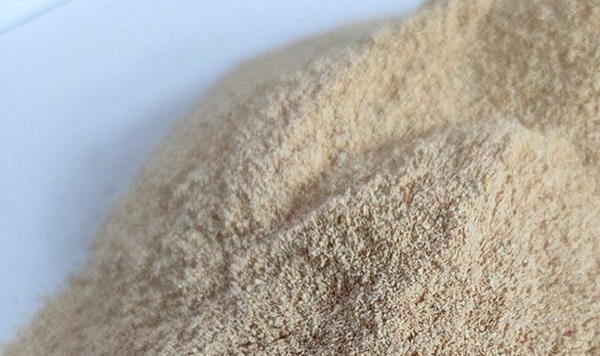Follow Us:

12 Plant Extract in Pet Food
Natural components of high quality are becoming increasingly important. The current guiding principles of the industry are setting trends, distinguishing oneself from others, using clean labels, and demonstrating an awareness of sustainability.
Customers are expecting better and more from the food they feed their pets: more functionality, improved nutrition, and more innovation. Frequently in connection with wellness, naturalness, sustainability, and premium.
Ingredients derived from plants can address these issues and, for example, naturally support our pets’ digestion, vitality, or defenses.
1. Alfalfa Extract
Alfalfa extract is a commonly used plant extract in pet food due to its high nutrient content. It is derived from the alfalfa plant, which is native to the Mediterranean region but is now grown worldwide. Alfalfa extract contains a variety of vitamins, minerals, and antioxidants, as well as proteins and fiber. In pet food, alfalfa extract is often added to help support digestive health, provide anti-inflammatory benefits, and enhance overall nutrient absorption. It may also help support healthy skin and coat.
References:
– National Center for Biotechnology Information. (2021). Alfalfa. https://www.ncbi.nlm.nih.gov/books/NBK546238/
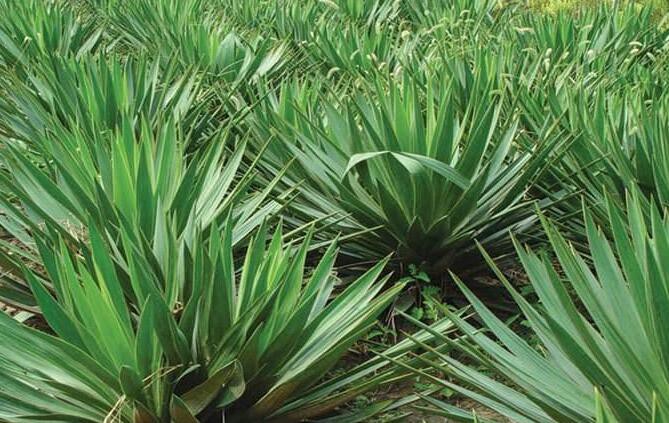
2. Yucca Schidigera Extract
Yucca schidigera extract is derived from the root of the yucca plant, which is native to the southwestern United States and Mexico. It is often used in pet food to help reduce odors in animal waste by reducing the production of ammonia. Additionally, yucca extract may have anti-inflammatory properties and can help support joint health in pets.
References:
– Al-Mashhadani, E. H., Mohammad, F. K., & Al-Rawi, E. A. (2020). The effect of yucca extract on quality characteristics of pet food. International Journal of Veterinary Science and Medicine, 8(1), 100-108.
– National Center for Biotechnology Information. (2021). Yucca schidigera. https://pubchem.ncbi.nlm.nih.gov/compound/Yucca-schidigera-extract
3. Rosemary Extract
Rosemary extract is derived from the leaves of the rosemary plant, which is native to the Mediterranean region. It is often used in pet food as a natural preservative to help extend shelf life and prevent spoilage. Additionally, rosemary extract is known for its anti-inflammatory and antioxidant properties, making it a common ingredient in pet food that aims to support digestive health and enhance overall wellbeing.
References:
– McGeary, J. (2018). Rosemary extract: A natural antioxidant preservative. Petfood Industry, 60(6), 22-23.
– National Center for Biotechnology Information. (2021). Rosemary. https://www.ncbi.nlm.nih.gov/books/NBK546292/
4. Chamomile Extract
Chamomile extract is derived from the flowers of the chamomile plant, which is native to Europe and Asia but is now grown worldwide. It is often used in pet food as a natural ingredient that can help support digestive health, provide anti-inflammatory benefits, and reduce anxiety in pets. Chamomile extract contains several active compounds, including flavonoids and terpenoids, which are known for their anti-inflammatory, antioxidant, and calming properties.
References:
– Khan, S. A., & Priyadarshani, A. M. (2017). Chamomile: A herbal medicine of the past with a bright future (Review). Molecular Medicine Reports, 16(3), 3735-3748.
– National Center for Biotechnology Information. (2021). Chamomile. https://www.ncbi.nlm.nih.gov/books/NBK546347/
5. Licorice Root Extract
Licorice root extract is derived from the root of the licorice plant, which is native to the Mediterranean region but is now grown worldwide. It is often used in pet food as a natural ingredient that can help support digestive health, reduce inflammation, and enhance overall wellbeing. Licorice root extract contains several active compounds, including glycyrrhizin and flavonoids, which have been shown to have anti-inflammatory, antioxidant, and immunomodulatory properties.
References:
– National Center for Biotechnology Information. (2021). Licorice. https://www.ncbi.nlm.nih.gov/books/NBK546301/
– Zhang, Y., & Chen, J. (2016). Glycyrrhizin: An alternative treatment for digestive disorders and respiratory infections. Mini Reviews in Medicinal Chemistry, 16(2), 120-128.
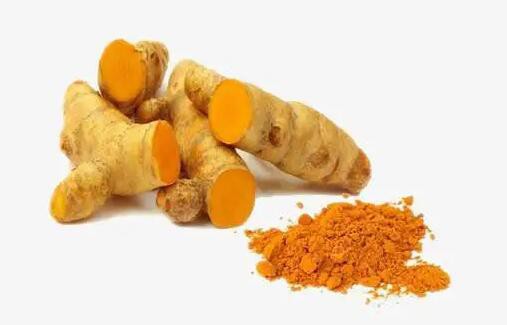
6. Turmeric Extract
Turmeric extract is derived from the root of the turmeric plant, which is native to South Asia. It is often used in pet food as a natural ingredient that can help support immune function, reduce inflammation, and enhance digestive health. Turmeric extract contains a compound called curcumin, which has been shown to have anti-inflammatory, antioxidant, and antimicrobial properties.
References:
– Hewlings, S. J., & Kalman, D. S. (2017). Curcumin: A review of its’ effects on human health. Foods, 6(10), 92.
– National Center for Biotechnology Information. (2021). Turmeric. https://www.ncbi.nlm.nih.gov/books/NBK546598/
7. Ginger Extract
Ginger extract is derived from the root of the ginger plant, which is native to Southeast Asia. It is often used in pet food as a natural ingredient that can help support digestive health, reduce inflammation, and improve circulation. Ginger extract contains several active compounds, including gingerols and shogaols, which have been shown to have anti-inflammatory, antioxidant, and analgesic properties.
References:
– National Center for Biotechnology Information. (2021). Ginger. https://www.ncbi.nlm.nih.gov/books/NBK546310/
– Rondanelli, M., Faliva, M. A., Perna, S., & Giacosa, A. (2016). Update on the role of ginger in the management of nausea and vomiting: A review. Food & Nutrition Research, 60, 32613.
8. Dandelion Extract
Dandelion extract is derived from the leaves and roots of the dandelion plant, which is native to Europe and Asia but is now grown worldwide. It is often used in pet food as a natural ingredient that can help support liver function, promote detoxification, and enhance digestive health. Dandelion extract contains several active compounds, including sesquiterpene lactones and flavonoids, which have been shown to have diuretic, anti-inflammatory, and antioxidant properties.
References:
– Davis, E. (2012). Dandelion: Overview of potential health benefits. Nutrition Today, 47(4), 167-170.
– National Center for Biotechnology Information. (2021). Dandelion. https://www.ncbi.nlm.nih.gov/books/NBK546324/
9. Cranberry Extract
Cranberry extract is derived from the fruit of the cranberry plant, which is native to North America. It is often used in pet food as a natural ingredient that can help support urinary tract health, reduce the formation of urinary calculi, and provide antioxidant benefits. Cranberry extract contains several active compounds, including proanthocyanidins and anthocyanins, which have been shown to have anti-adhesion and anti-inflammatory properties.
References:
– National Center for Biotechnology Information. (2021). Cranberry. https://www.ncbi.nlm.nih.gov/books/NBK546308/
– Sliwinski, B. J., Lee, J. H., & Collins, M. A. (2019). Evaluation of cranberry-derived supplements on urinary tract infection prevalence in susceptible populations: A systematic review and meta-analysis. Journal of Herbal Medicine, 15, 100227.
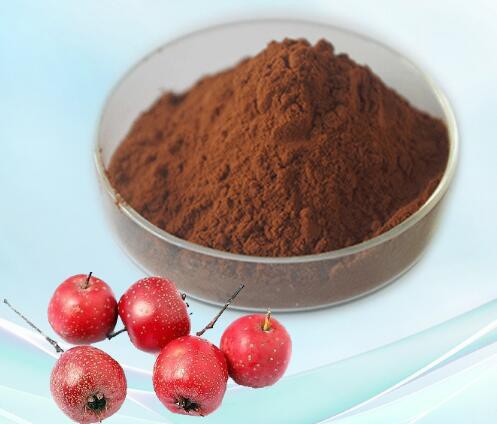
10. Hawthorn Extract
Hawthorn extract is derived from the berries, leaves, and flowers of the hawthorn plant, which is native to Europe and Asia but is now grown worldwide. It is often used in pet food as a natural ingredient that can help support cardiovascular health, reduce inflammation, and improve digestion. Hawthorn extract contains several active compounds, including flavonoids and procyanidins, which have been shown to have antioxidant, anti-inflammatory, and cardioprotective properties.
References:
– National Center for Biotechnology Information. (2021). Hawthorn. https://www.ncbi.nlm.nih.gov/books/NBK546331/
– Shao, Q., Kou, X., Jiang, Y., Zhang, L., Tan, B., Jiang, Y., … & Zhu, H. (2019). Anti-inflammatory and cardioprotective effects of hawthorn (Crataegus pinnatifida Bunge) extract in vivo and in vitro. Inflammopharmacology, 27(3), 617-635.
11. Echinacea Extract
Echinacea extract is derived from the roots and leaves of the echinacea plant, which is native to North America. It is often used in pet food as a natural ingredient that can help support immune function, reduce inflammation, and enhance overall wellbeing. Echinacea extract contains several active compounds, including polysaccharides and echinacoside, which have been shown to have immune-boosting, anti-inflammatory, and antioxidant properties.
References:
– Duker, E. M., Koprdova, S., Gavura, S., & Bujdakova, H. (2019). Echinacea purpurea: Pharmacology, phytochemistry and analysis methods. Molecules, 24(9), 1797.
– National Center for Biotechnology Information. (2021). Echinacea. https://www.ncbi.nlm.nih.gov/books/NBK546305/
12. Milk Thistle Extract
Milk thistle extract is derived from the seeds of the milk thistle plant, which is native to Europe and Asia but is now grown worldwide. It is often used in pet food as a natural ingredient that can help support liver













